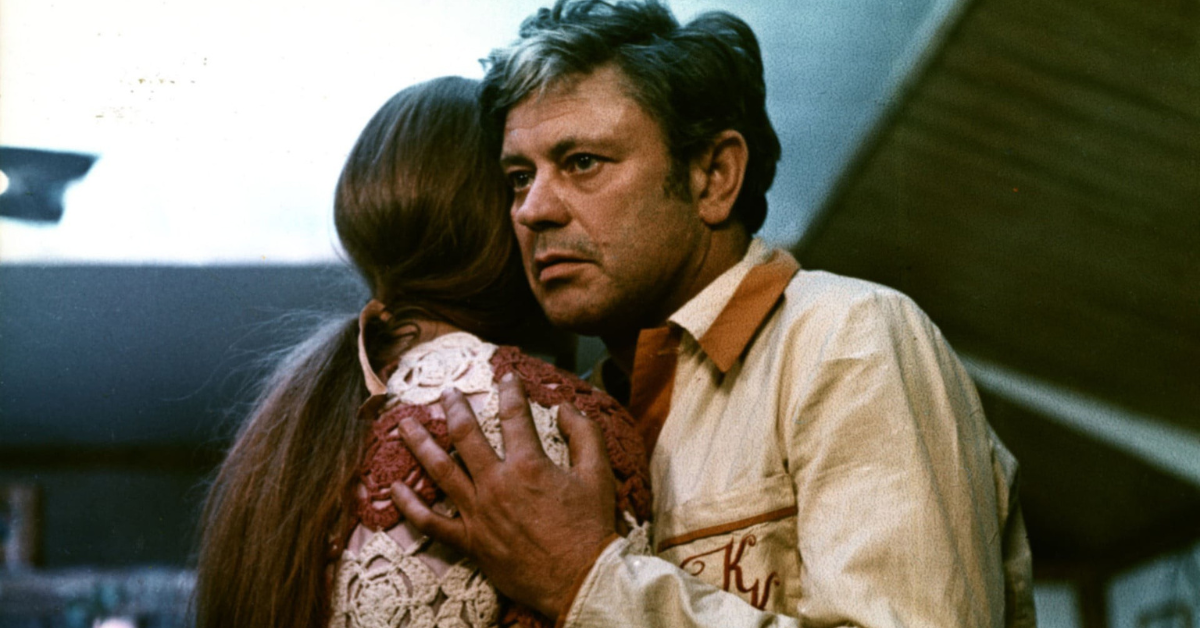1. Introduction: Unveiling the Spectrum of Color and Power in Human History
Throughout human civilization, color has served as a profound symbol of power, divinity, and identity. From the vibrant hues of ancient artifacts to the dynamic visuals in modern entertainment, color encapsulates both cultural significance and emotional resonance. This article explores the fascinating journey of color as a symbol—tracing its origins in ancient coins and mythology, through its evolution in art and religion, to its modern incarnation in digital games and media.
- The Ancient Roots: Coins, Symbols, and the Birth of Cultural Identity
- The Evolution of Color in Cultural and Religious Contexts
- Modern Interpretations: Entertainment, Technology, and the Digital Age
- The Color of Thunder: A Metaphor for Power, Energy, and Unseen Forces
- Bridging the Past and Present: How Ancient Symbols Influence Modern Design and Gaming
- Non-Obvious Depth: The Semiotics of Color and Power in Media
- Conclusion: From Ancient Silver to Digital Thunder—The Enduring Power of Color and Myth
2. The Ancient Roots: Coins, Symbols, and the Birth of Cultural Identity
Ancient civilizations used coins not only as a medium of exchange but also as powerful symbols of societal values and religious beliefs. In Athens, silver drachmas became iconic, reflecting both artistic excellence and cultural identity. The intricate images and inscriptions on these coins often depicted gods, heroes, or mythological scenes, embedding divine symbolism into everyday transactions.
Color played a crucial role in these artifacts. Silver’s lustrous hue was associated with purity and divine favor, especially in Greek culture. Coins bearing images of deities like Zeus often incorporated visual cues—such as lightning bolts or eagle motifs—that linked them to divine authority and natural forces.
Ancient currencies thus served a dual purpose: facilitating trade and acting as carriers of religious and cultural narratives, reinforcing societal hierarchies and spiritual beliefs.
3. The Evolution of Color in Cultural and Religious Contexts
As civilizations advanced, physical artifacts transitioned into symbolic representations in art, architecture, and iconography. Colors like gold, red, and blue acquired specific associations—gold with divinity and eternity, red with power and vitality, blue with the heavens and the divine realm.
Across cultures, thunder and lightning have consistently symbolized divine power. In Norse mythology, Thor’s hammer and lightning strikes represented thunder’s might; in ancient Egypt, gods like Amun-Ra wielded thunderbolts as symbols of supreme authority. These associations persisted, influencing artistic depictions and religious narratives.
The enduring symbolism of thunder as a divine force underscores how ancient mythologies used visual and conceptual cues to evoke awe and authority, themes that continue to resonate today.
4. Modern Interpretations: Entertainment, Technology, and the Digital Age
The rise of online gaming and digital entertainment in the late 20th century, starting with online slots in 1996, marked a new era in the use of visual symbolism. These platforms harnessed vibrant colors and mythological themes to captivate players and evoke a sense of power and adventure.
Modern games such as Le Zeus exemplify this trend by integrating mythological motifs—like lightning, thunderclouds, and divine figures—paired with vivid color schemes. These choices are not accidental; they draw from millennia of symbolism associating certain colors and images with divine strength and energy.
Furthermore, the gaming industry’s commitment to licensing and regulation, such as Malta’s MGA license, ensures fair play and enhances the credibility of these immersive experiences, allowing players to engage with these symbols safely and meaningfully.
5. The Color of Thunder: A Metaphor for Power, Energy, and Unseen Forces
Scientific Perspective
Scientifically, lightning appears as brilliant, jagged flashes of white or blue due to the ionization of air and the high energy release during a storm. The intense brightness and suddenness of lightning visually embody raw energy and unseen electrical forces, reinforcing its symbolism of power.
Cultural Perspective
Across cultures, thunder—often accompanied by lightning—has been perceived as divine wrath or a display of celestial authority. In ancient Greece, Zeus’s thunderbolt was the ultimate symbol of divine retribution; in Chinese mythology, thunder represented the cosmic order and the authority of the Jade Emperor. These associations reinforce thunder’s role as a metaphor for both divine power and the formidable forces of nature.
Artistic and Entertainment Representations
Artists and entertainers harness thunder’s dramatic imagery—using dark clouds, stark lightning, and resonant sound effects—to evoke feelings of awe, fear, and reverence. Modern media, including video games, movies, and music, often utilize thunder-inspired visuals and color schemes to symbolize unseen but potent energies, as seen in the design choices of titles like Le Zeus.
6. Bridging the Past and Present: How Ancient Symbols Influence Modern Design and Gaming
Contemporary game designers draw heavily on ancient symbols to create immersive environments. Visual elements such as lightning bolts, mythological figures, and regal color palettes evoke a sense of divine authority rooted in history. For instance, in Le Zeus, the use of deep blues, shimmering silvers, and electrifying yellows channels the mythological power associated with Zeus and celestial storms.
Color plays a vital role in influencing emotional responses. Vivid blues and silvers evoke calmness and nobility, while flashes of gold or yellow suggest vitality and divine energy. These choices are deliberate, aiming to immerse players in a mythic universe where ancient symbols of power are alive and relevant.
| Symbol | Historical Context | Modern Usage |
|---|---|---|
| Lightning Bolt | Divine weapon (Zeus), cosmic energy | Game icons, logo designs, visual effects in media |
| Thundercloud | Divine wrath, natural force | Background imagery, character motifs |
| Divine Figures | Gods of storms, celestial authority | Mythological themes in games and movies |
7. Non-Obvious Depth: The Semiotics of Color and Power in Media
Colors in media are carefully chosen to communicate underlying themes of divinity and strength. For example, deep blues and silvers often symbolize nobility and divine authority, while fiery reds and yellows evoke energy and vitality. These palettes are not arbitrary; they tap into subconscious associations rooted in millennia of cultural reinforcement.
“Color palettes in media serve as visual language, conveying complex ideas about power, divinity, and nature’s unseen forces.”
Psychologically, thunder and lightning imagery can evoke feelings of awe, reverence, or even fear. These responses are universal but are also shaped by cultural narratives. In societies where storms symbolize divine wrath, visual cues like dark clouds combined with electric flashes amplify this perception, influencing audience engagement on a primal level.
8. Conclusion: From Ancient Silver to Digital Thunder—The Enduring Power of Color and Myth
The journey from tangible artifacts like ancient coins to intangible digital experiences demonstrates the enduring nature of symbolism. Colors and motifs associated with divine power—such as lightning, thunder, and regal hues—have persisted and adapted through ages, enriching modern entertainment with layers of historical meaning.
Understanding this continuum deepens our appreciation of how myth and symbolism shape our perceptions, whether through a coin’s gleam or a game’s vivid imagery. As new media continue to evolve, the fundamental themes of power, energy, and divine authority remain central—reminding us that the color of thunder is timeless.
Discover more about how ancient symbols influence modern storytelling and gaming at legends, where myth meets innovation.















GIPHY App Key not set. Please check settings